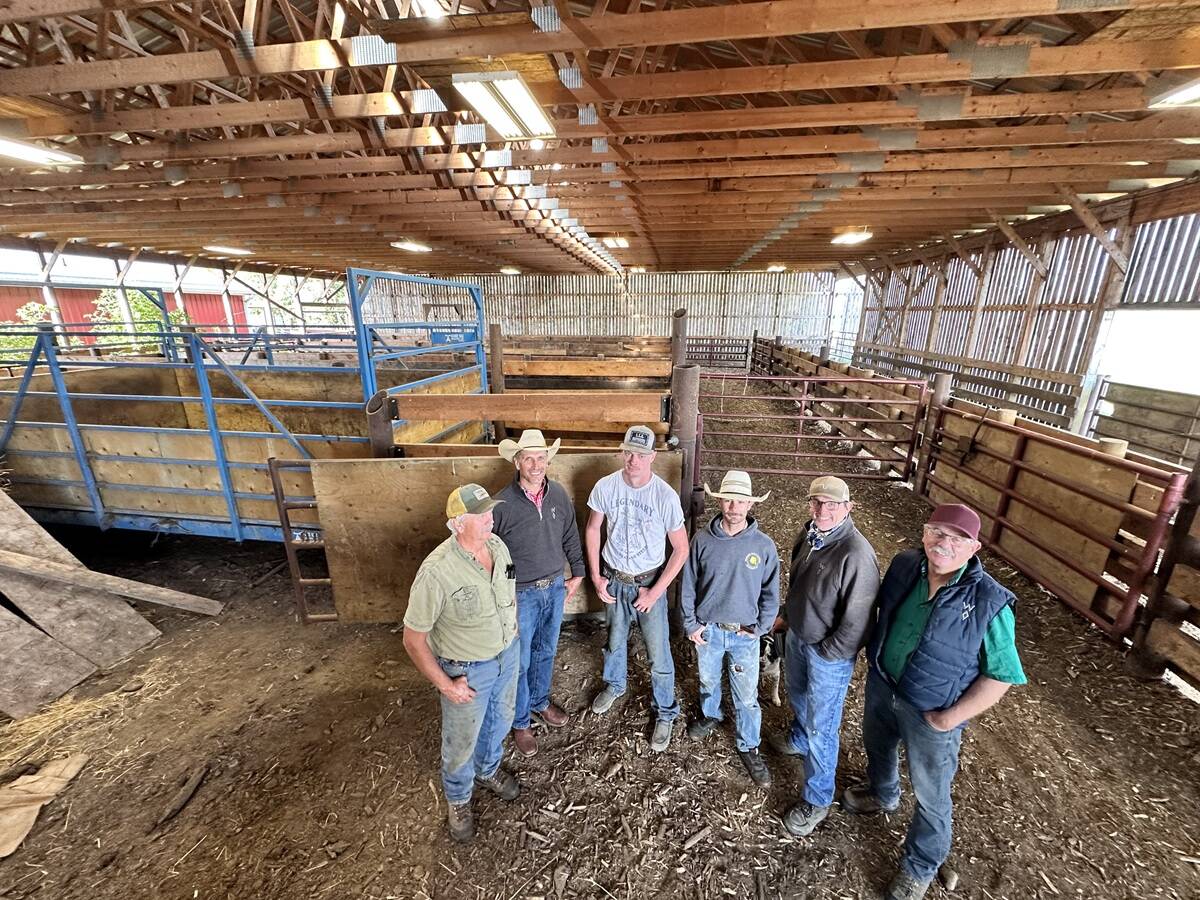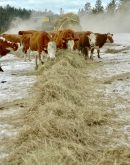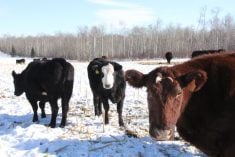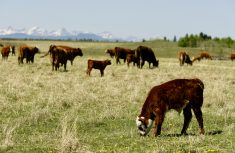Moisture levels through spring and summer were plentiful in some areas of Western Canada, but in south-central Saskatchewan, Mother Nature was stingy with the rain when it was needed the most. That put even more emphasis on potential yields and benefits of silage crops for two Hanley-area operations.
Perry Dyck is owner and president of Triangle D Land and Cattle Ltd. at Hanley, Sask. He runs a cow-calf ranch where in a normal year, the calf crop is backgrounded and grassed before being sent to market in September of the following year, weighing on average around 850 pounds.
Dyck is quite new to silage, as 2018 was the first year they used it at the ranch. They employ an irrigation pivot system to provide enough water for 130 acres of corn.
“This year being so dry, the hay crops were very poor, so I think it will save us on feed again.”
He discusses his reasoning behind the switch to silage. “Straight hay was all we used to feed. When we do the comparison of what hay would cost us on a drier year and a year like this one, it would be really costly.”

Dyck says they opted for corn instead of traditional barley silage because of the tonnage. He estimates they would get eight to 10 tons per acre with barley, versus 19 tons per acre with corn.
“In years when hay prices will be down, the corn silage might be a little on the pricier side, but we’ve only got one year of experience so far,” says Dyck. “With the irrigation and the fertilizer that we use, it cost us a lot, but we like the ration. We can build a ration that is at least equal to the quality of hay. It turned out a little bit better, so we probably gained a few pounds.”
He rents a drill and handles the seeding himself while the chopping and packing are all custom-farmed. Inoculant is added and the harvested silage is simply covered with a tarp.
Read Also

Farm families work together to graze cropland with cattle in the fall
These Alberta farm families have separate operations, but work together to manage their land
“We don’t really do anything different than anyone else. This year the corn is a little behind and growing a bit slower,” says Dyck. “It could be a little later, but it’s hard to say. Till the chopper goes through and he tells me how many tons he’s chopped, we just won’t know.”
His neighbour is also putting up silage for the second year. Lee Carpenter runs Carpenter Cattle Company, a mixed farm of 200 commercial cows and 2,500 acres of grain.
“Every year is different. Sometimes we feed our calves all winter. Last year, being short of feed, we had to get rid of all our steers and the majority of our heifers in December,” says Carpenter.
Carpenter explains that they put up silage 10 years earlier but had switched to wrapping high-moisture greenfeed bales over the last few years. But they found it time-consuming to cut, bale and wrap the bales in a timely fashion.
“They are wet and heavy and hard on the loaders and equipment, too. I’m not sure how much that’s worth to run your equipment over gopher holes and moles. What the silage crew does in two days would take us closer to a week or better.”
He admits they are still learning the ins and outs. “We’re really happy with the Maverick barley we use. This is the first year we’ve grown it. Speaking with a few neighbours, it was by far the best they’ve grown, so we decided to try it.”
Like many parts of Saskatchewan, Carpenter’s land didn’t get any rain until the end of June, stressing the barley.
“Last week we took it in. We had seeded 170 acres and we only ended up doing about 130 because it was running so good.” Carpenter adds that they’ll combine the remaining acres and save the seed for next year.
Carpenter sees the time saved as the biggest benefit for their operation. He swaths the barley but hires a custom crew to handle the rest of the job.
“At this time of year, when we would be putting up all those bales for bale silage, we need that time to get ready for combining.”
He sees a huge advantage in feeding chopped silage over the wrapped hay and green feed bales they used in the past.
“In the wintertime when we put those bales into a vertical feed wagon to mix, it’s still got to be cut up. Silage is already chopped. When we’re mixing our ration, by the time you load it in the wagon and get back in the tractor, it’s already mixed,” says Carpenter.
Carpenter likes the quality of the feed and its usability as well. “It’s worked out quite well for us and I think it’s a good way of feeding cattle. We mix in some hay, straw and this past year with it being so cold this winter, we were mixing in some rolled barley just to make sure the cattle had enough energy to get them through. I think our cows do a lot better on this ration.”
Prices, labour requirements and weather conditions vary each year, both Dyck and Carpenter point out. But both are happy with the results of using silage so far and looking forward to more positives in the coming years.
















